A quick weekend post. Here’s a recurring question I get over the years:
“Jay, you’ve heard hundreds of systems. What exactly are you paying for when moving from a $10,000 speaker to say, something beyond $100,000?”
I’ve asked myself the same question on numerous occasions. And I think I’ve found some answers.

More Expensive = Better Sound?
Let’s make this clear: Just because you pay more, doesn’t mean it’ll sound better…to you. In fact, there’s a good probability you’ll prefer a much more affordable system. Case in point, I enjoyed listening to the LSA speakers ($3,500) over many of the five and even six-figure systems at a show.
That’s because what I value most is a more organic midrange. For me, it’s more emotionally engaging when the voices have more blood flowing through them.
So although the pricier systems may have “quicker transients, better separation, and more soundstage” – those characteristics take a backseat over tonal color…for me.
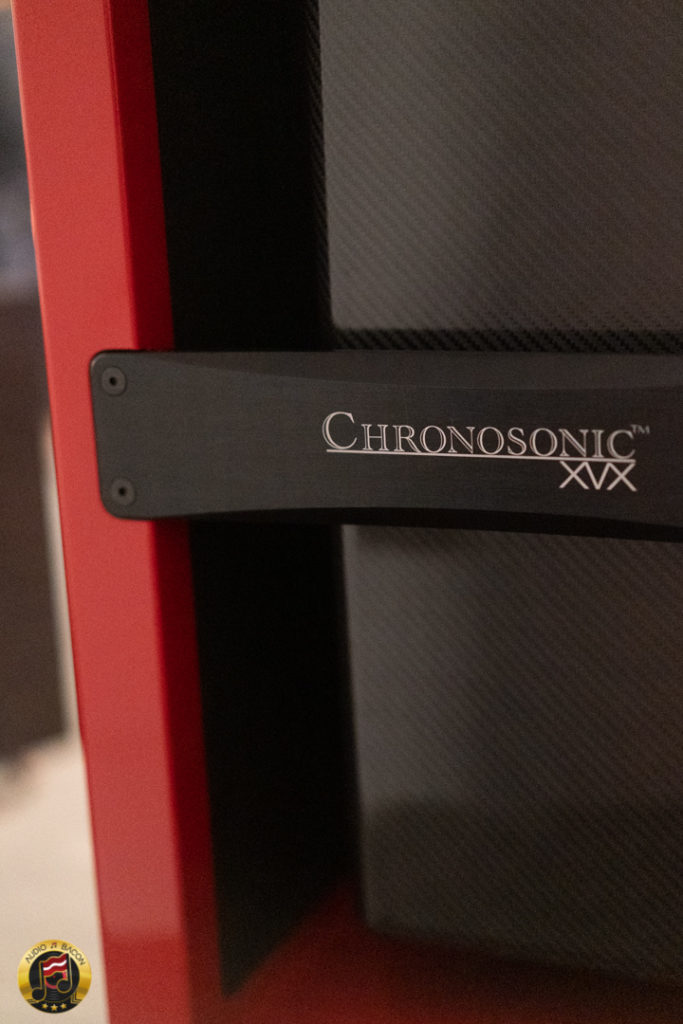
That said, as you scale up, there are common traits (for the better) that many of these higher-priced speakers exhibit. This is mostly possible through extraordinary engineering – and listening tests.
Wilson Audio
Without a doubt, one of the most reputable high-end speaker manufacturers is Wilson Audio. They make some of the most innovative and natural-sounding speakers on the planet. Which includes the $685,000 WAMM Master Chronosonic.
Recently, the awesome guys at Audio Salon in Santa Monica hosted a Wilson Audio Chronosonic XVX Premiere event. Giving the public a chance to hear what this state-of-the-art loudspeaker is capable of. The price of these speakers? A cool $329,000 a pair.
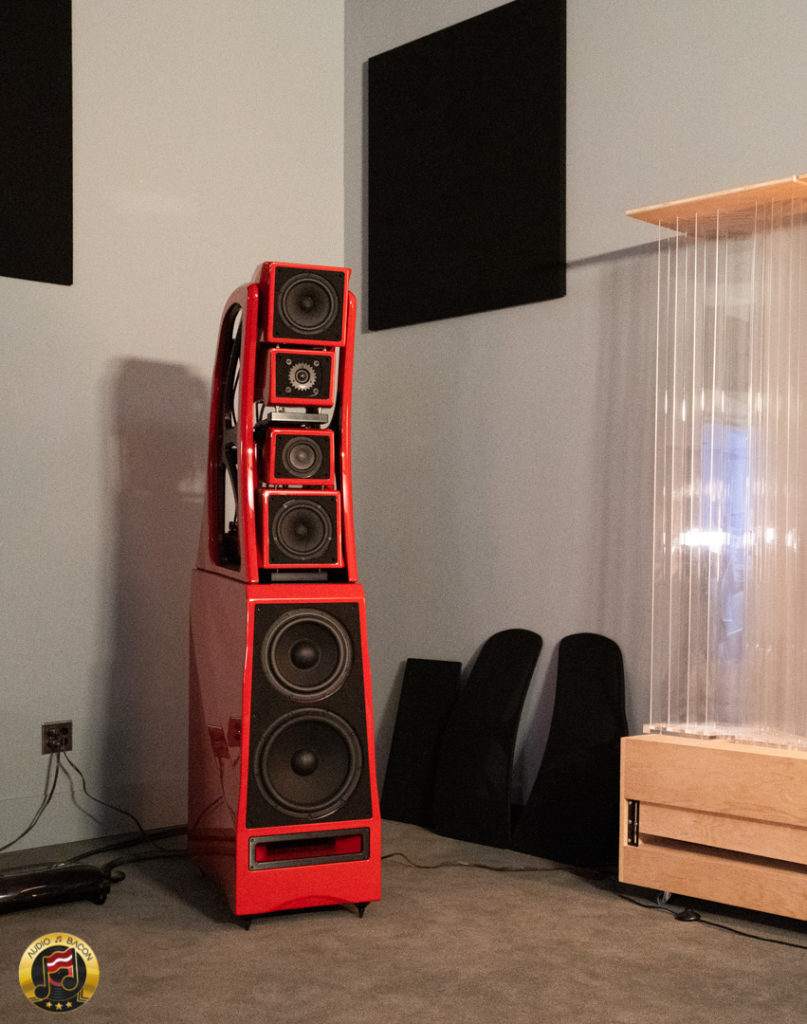
The format of the flagship loudspeaker fits Daryl Wilson’s attitudes and convictions perfectly. He is extraordinarily compromise-adverse. Removing any constraints of price or practicality within the design equation felt liberating to him. If Daryl had one advantage his father, Dave Wilson, lacked, it was the WAMM itself.
Some of the technology developed for the WAMM now resides in the Chronosonic XVX in a simpler form. More than in any other previous loudspeaker, Wilson will introduce more technology, features, and manufacturing processes in the Chronosonic XVX. Short of the WAMM itself, no other loudspeaker reproduces music as realistically or communicates the emotional power of the artists so eloquently.
So what does $329,000 buy you?
I’ll cut to the chase. This is what you get when you spend “condo money” (or half of a condo in Los Angeles) on a pair of speakers. Although speakers do have their “signatures”, these are qualities, I believe, that set it apart from the “relatively inexpensive” speakers. Those speakers will usually do very well with a couple of these attributes – but rarely all of them.
It comes down to six important elements.
#1: Congealed Realism
- Upon the first few seconds of listening, this is the most obvious characteristic. This means there are zero tradeoffs in resolution, smoothness, or tonal density. Out of the box, music is textured, coherent, detailed, harmonically gapless, and organically fleshed out. The illusion is never broken – even with digital music (MQA in this case).
- The pieces of music are seamless – yet naturally individualized. Unlike “lesser” speakers, there isn’t the notion of separation or “outlining.” There’s always just a believable sense of acoustic space around each performer.
- Great speakers are able to solidify and isolate as well – but the best speakers are able to do this at a much more granular level. It’s able to glue and bend much more accurately.
- On the flip side, “cheaper” speakers tend to have more obvious flaws that we accept as tradeoffs. This includes edge, grain, less-than-perfect coherence, tonal shifts, or a few deficiencies in one more of the previously mentioned attributes. It does a few things well and compromises on everything else. There are more “rough patches” in the sound.
#2: Scale
- Taller speakers offer a larger projection of sound, especially in regards to height. But there’s a difference in having huge scale and gorgeous scale. The latter is more intricate and precise in not just size but with infinite layers of depth – and aural flow. There’s still a sense of gravity and tangibility intertwined within the atmosphere.
- In contrast, typical speakers simply don’t have nearly this amount of gradations in scale. They have more of a generic blast of sound, rather than a more refined and nuanced one. They also usually come off thinner in air and decay.
#3: Dynamics
- As far as dynamics, the Chronosonic XVX is deeply scary. Especially when it comes to orchestral pieces. It has no issues with the simultaneous mixing of calm woodwinds and aggressive percussions. It’s able to soothe and punch without a hint of confusion or strain. “Lesser” speakers are more disjoint and could do one or the other – but rarely at the same time. Especially at this magnitude.
- In regards to the Chronosonic XVX, the careful distribution of power within the music is simply astounding. Instruments are distinct and modular in how they extrude and breathe. They carry the appropriate amount of weight, air, and presence. In contrast, relatively inexpensive speakers allocate a generic amount of density across the entire recording.
- In combination with its prowess in scale, this imparts an aural perspective that is otherworldly. Everything sounds like they’re spaced appropriately. On the other hand, the relatively more inexpensive speakers take on a more general approach of imparting this information. As a result, it’s flatter and less engaging.
#4: Ultra-low Noise Floor
- Typically, with a pitch-black background, the compromise is usually in tonal balance. It’ll usually sound unnaturally tighter and more absolute – and thus a bit contrived. Essentially, it’s more of a “special effect” that blankets all recordings. Which usually isn’t a good thing.
- With the Chronosonic XVX, it’s doesn’t sound artificially quiet. It does an amazing job of leaving only the music. Most importantly, the darkness lifts and settles appropriately when called for. What’s interesting is that this is adjusted according to the specific recording at hand. As a result, it takes a more bespoke approach in revealing artistic intent.
#5: Flawless Timing
- This element is a very critical one. And one that the Chronosonic XVX is exceptional at reproducing. It’s also something most speakers have extreme difficulty with.
- When sound is in phase and time-aligned, that’s what contributes to the feeling that “they’re there” in front of you. So even when you’re listening with your eyes open – you still swear they’re playing in the room.
- The impact of timing is compelling. It’s not about speed, but how the sound is manifested. The complexities of the pieces are combined (at your ears) in a far more naturalistic and tangible manner. There’s more weight, more micro-textures, more collectiveness. This results in something that is faithful to being physically present at the recording.
#6: Tonal Gradations
- This is also another characteristic that seems to be very difficult for lesser speakers to achieve. Most speakers seem to have an underlying “base color” with very few variants in their palette. In contrast, the Chronosonic XVX makes most speaker systems sound like they run on 8-bit color – whereas it’s at 24-bit.
- The Chronosonic XVX is able to use multiple tonal brushes – with a seemingly limitless amount of “colors.” All at the same time…and with no effort. This is something that is extremely difficult to achieve in speaker design.
- For example, the piano and cello will consistently preserve their own material essence and grace. While the presentation of double bass and violins is distinct in the screech and scratch of their lines. Essentially, the Chronosonic XVX is able to “multi-task” these important nuances, resulting in immaculate timbre.
“It’s about time; It’s all about time.”
Dave Wilson (1944-2018)

Final Thoughts
Generally, when you’re dropping this much cash on a pair of speakers. You’re going to have more difficulty noticing flaws. Which are relatively more plentiful, and apparent, in the more inexpensive speakers. You’re essentially paying for much fewer tradeoffs in performance. This just results in a more convincing listening experience. Which in turn sounds more real.
At the end of the session, Peter played a piece by a Russian pianist (the name escapes me). If there were a moment where many of the qualities of the Chronosonic XVX were on display, this was it. The dynamic reproduction of her performance on the Steinway was absolutely stunning. You were even able to hear the difference in strength she used to hit each note. Alongside delicacy and beautiful tonal fluttering – it was played beautifully on the Chronosonic XVX.
Hopefully, this gives you an idea of why an audiophile would take out a mortgage to buy speakers. A huge thank you to Maier Shadi of Audio Salon and Peter McGrath of Wilson Audio for showing me around.
The Music
| London Symphony Orchestra | Third Symphony – IV. Molto deliberato – Fanfare; Allegro risoluto |
| Malia | Celestial Echo |
| The Rolling Stones | Love in Vain |
| Stray Cats | Rock This Town |
| Ray Brown | Mondscheinsonate / Around About Midnight |
| Duke Ellington | Mood Indigo |
| Royal Philharmonic Orchestra | The Nutcracker, Op. 71, Act:2 :XIV.e Variation 2 – Dance of the Sugar-Plum Fairy. |
| Dubxanne | Roxanne |
| Marilyn Crispell | Goodbye |
| Jordi Savall | D’Apres Le Mss. Flores de Muusica, 1357-60, Madrid Bibl. Nacional (1706-1709) (Marin y Coll) |


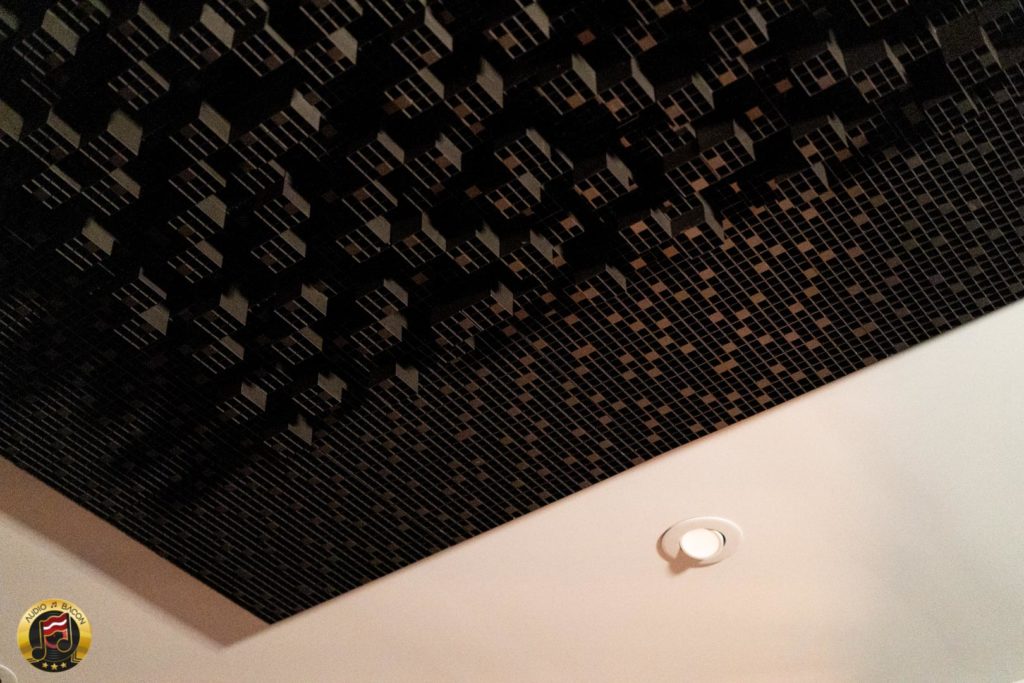
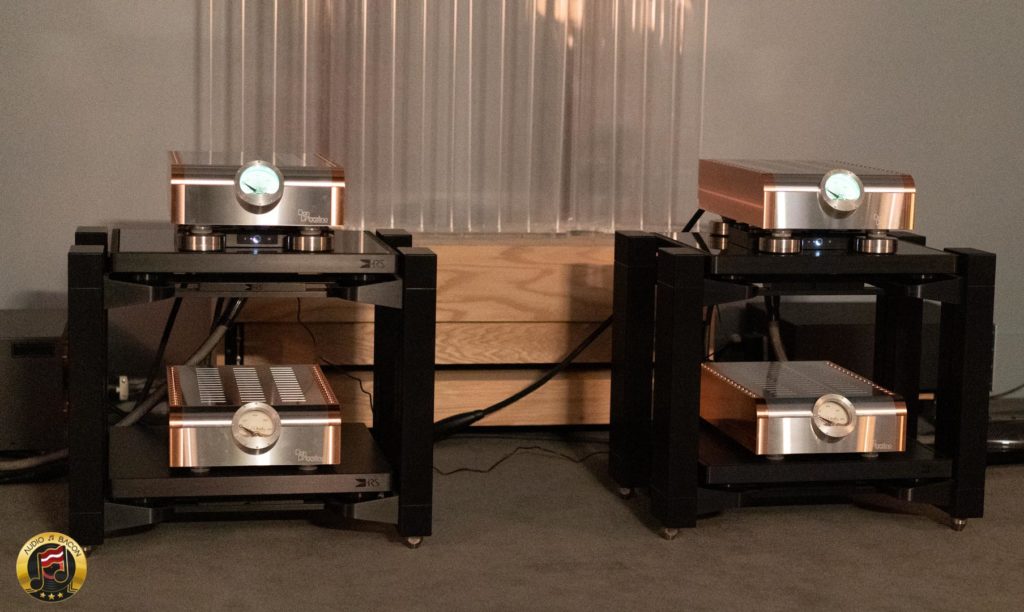

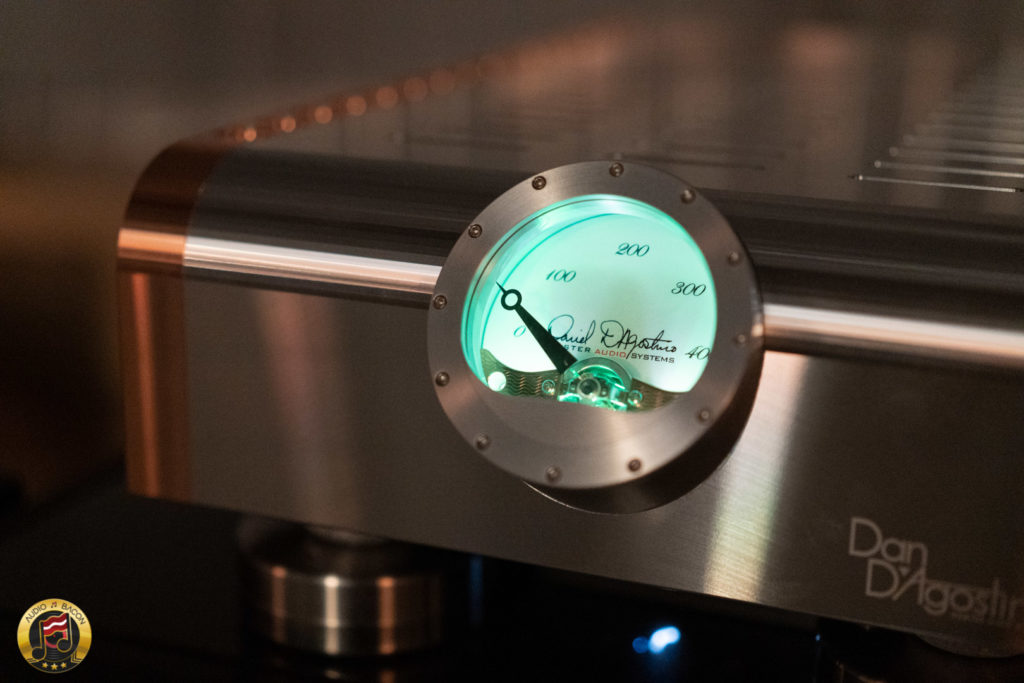

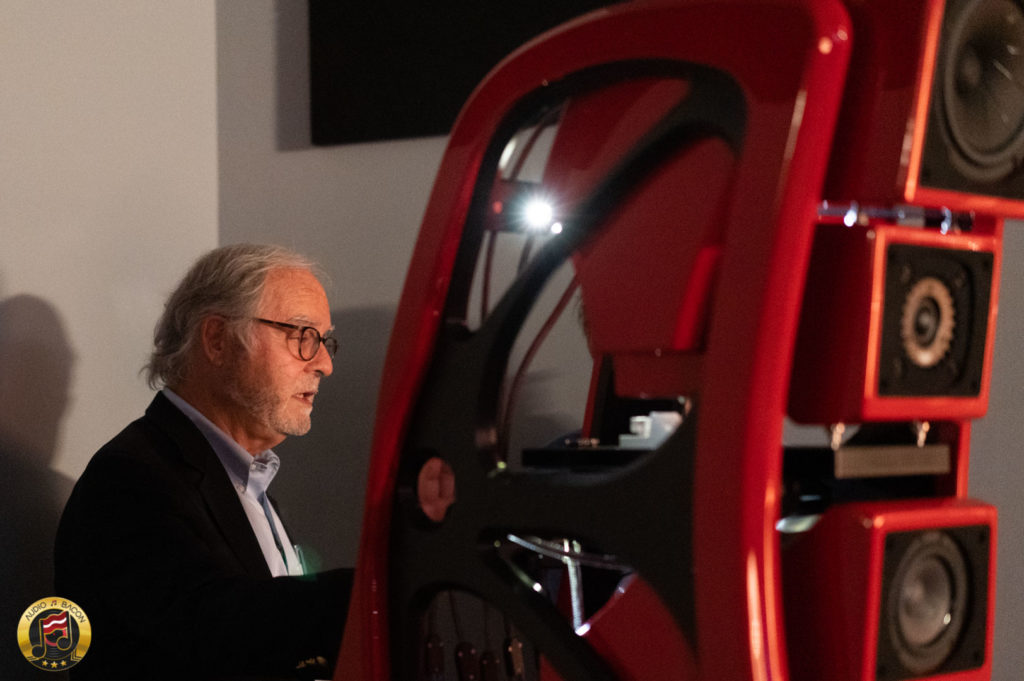
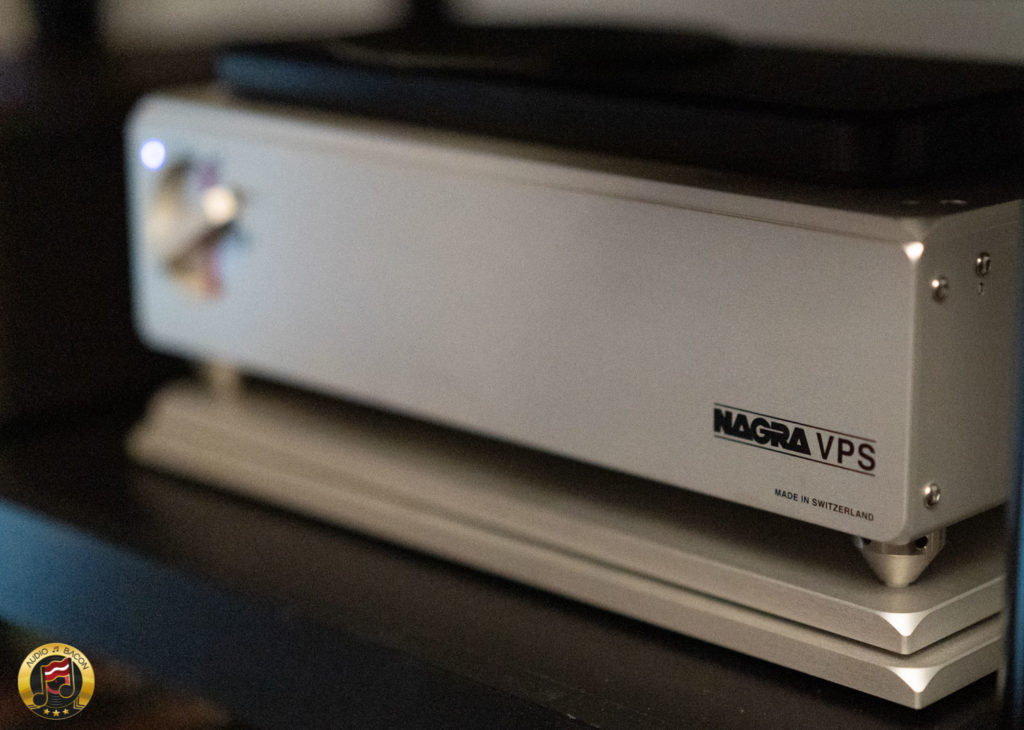




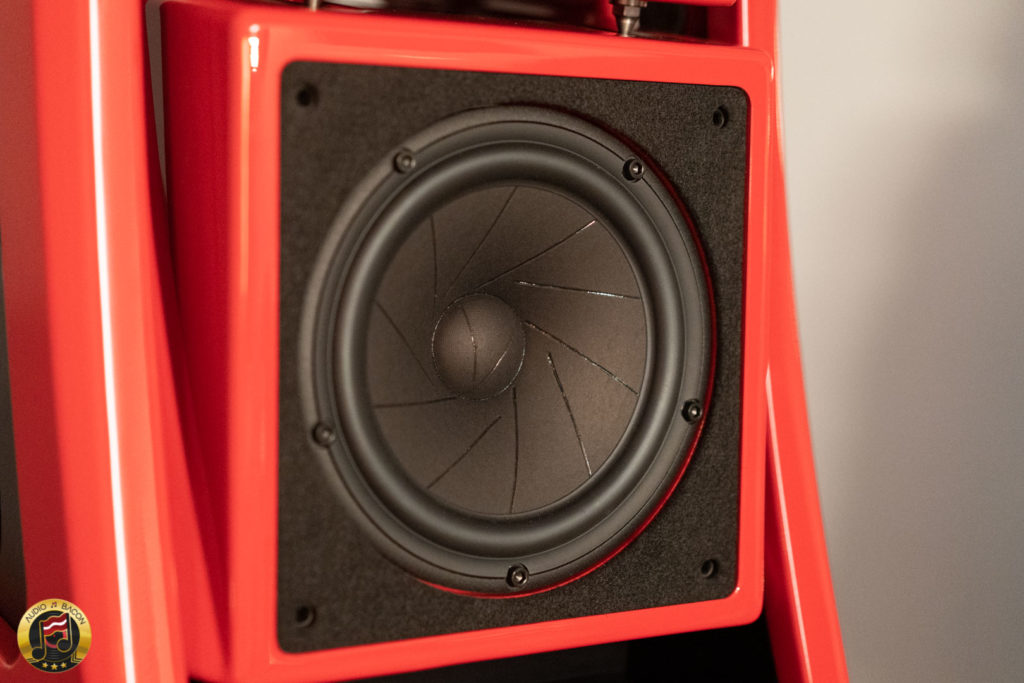
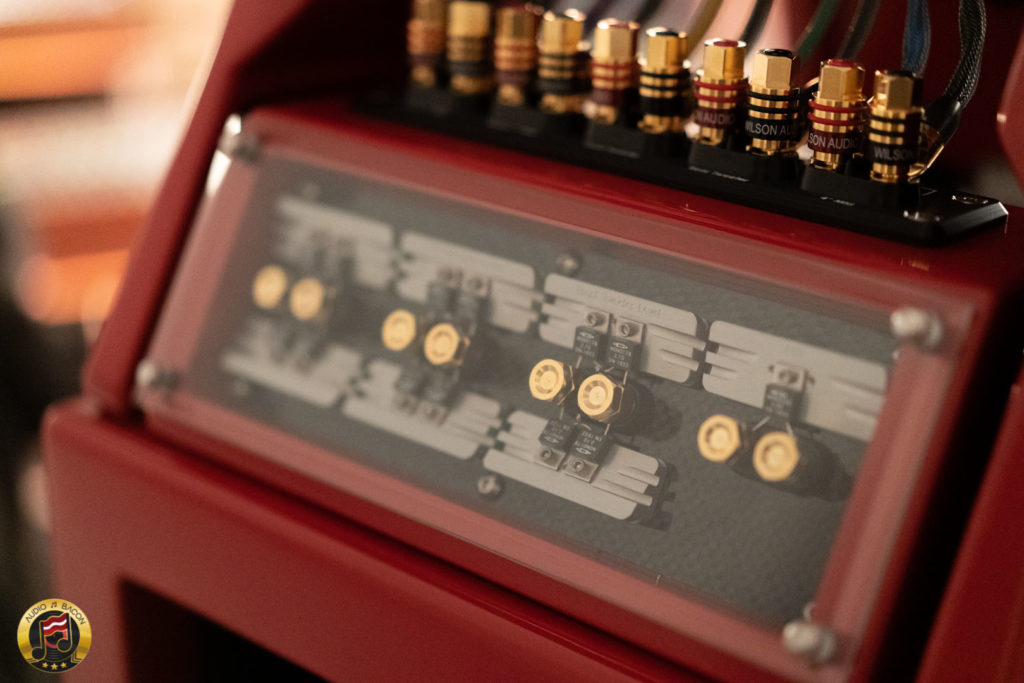
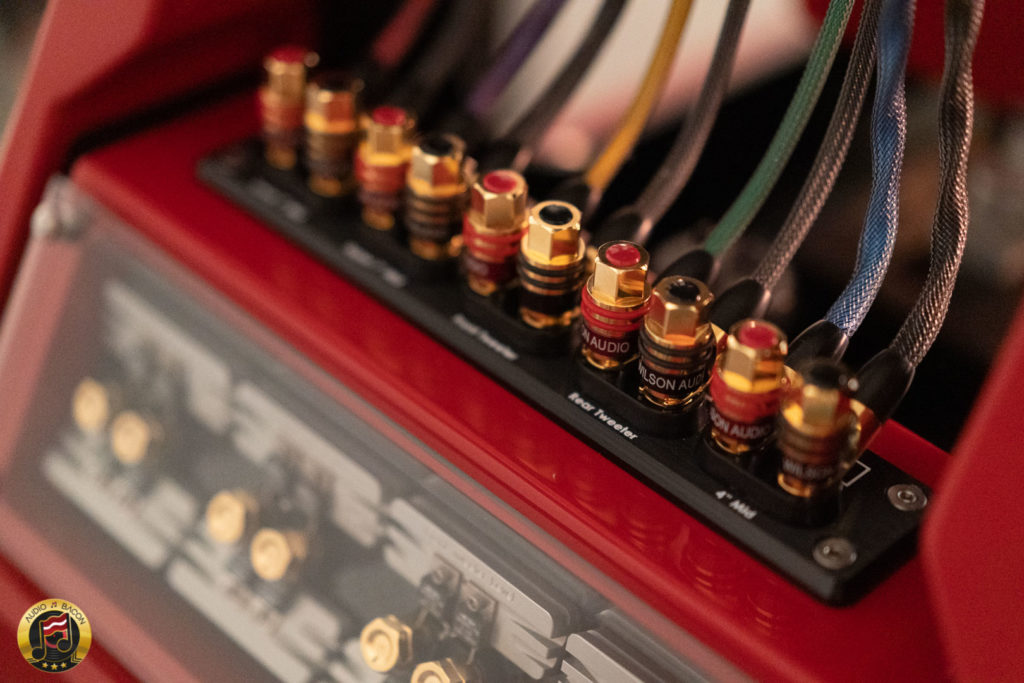




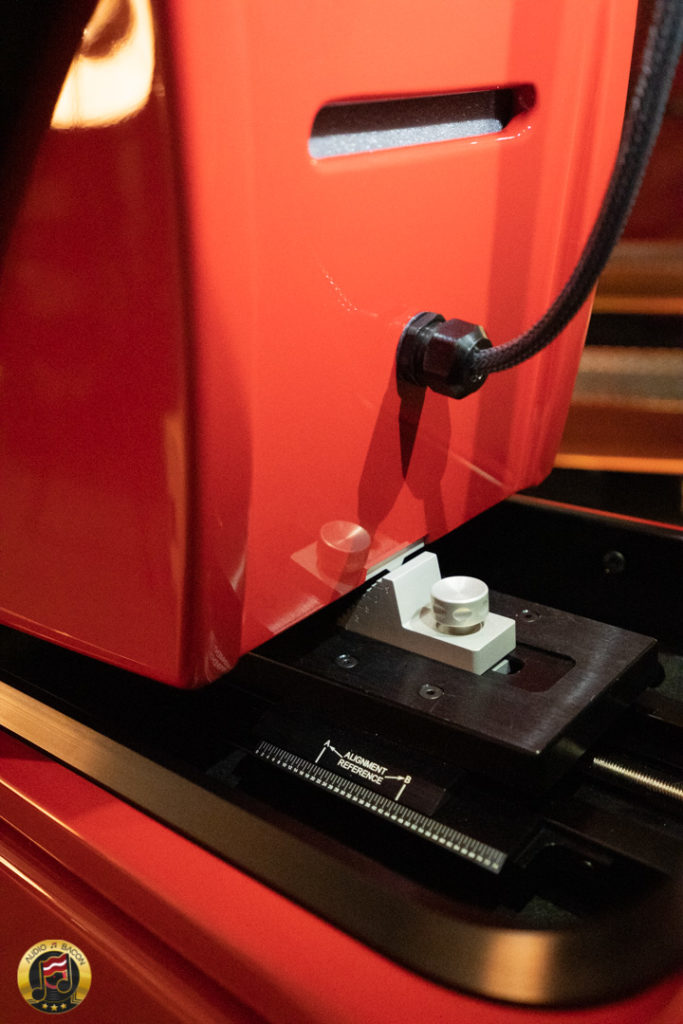

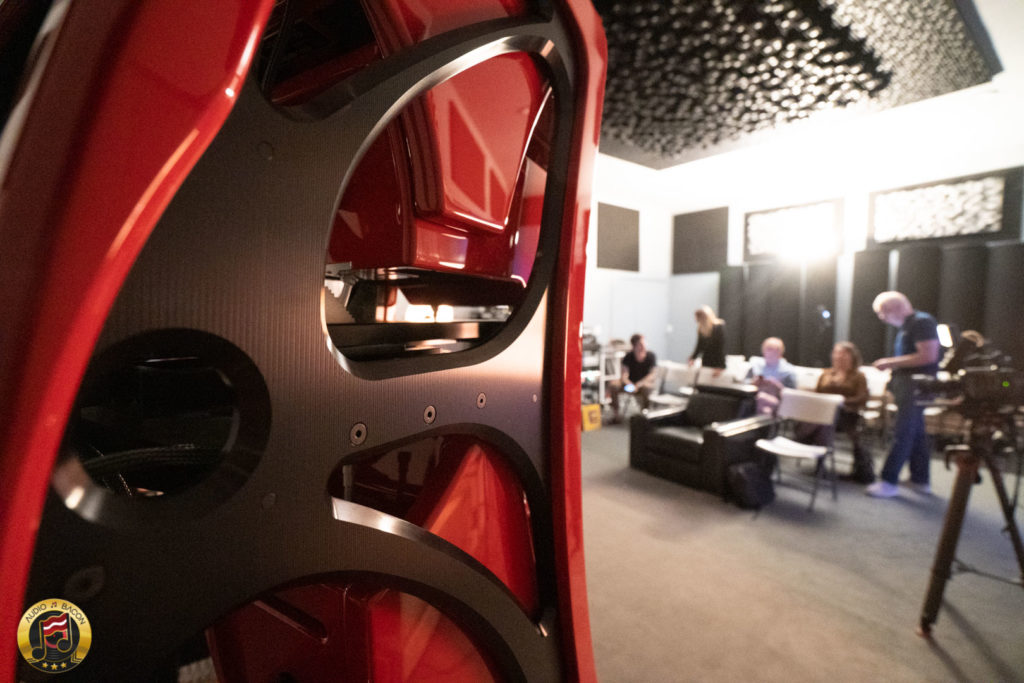
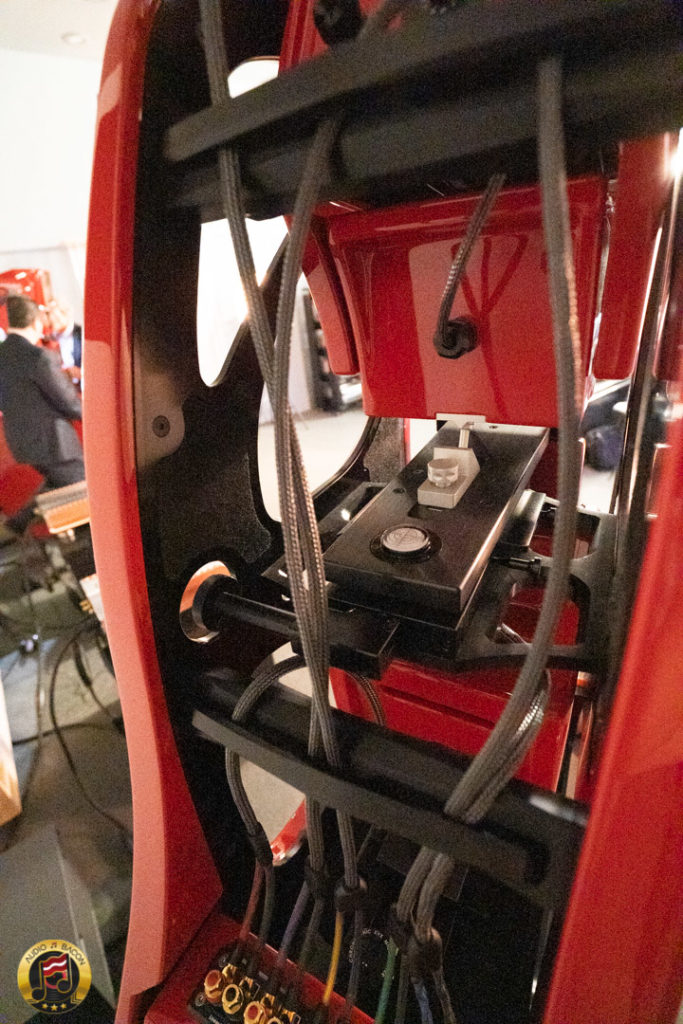
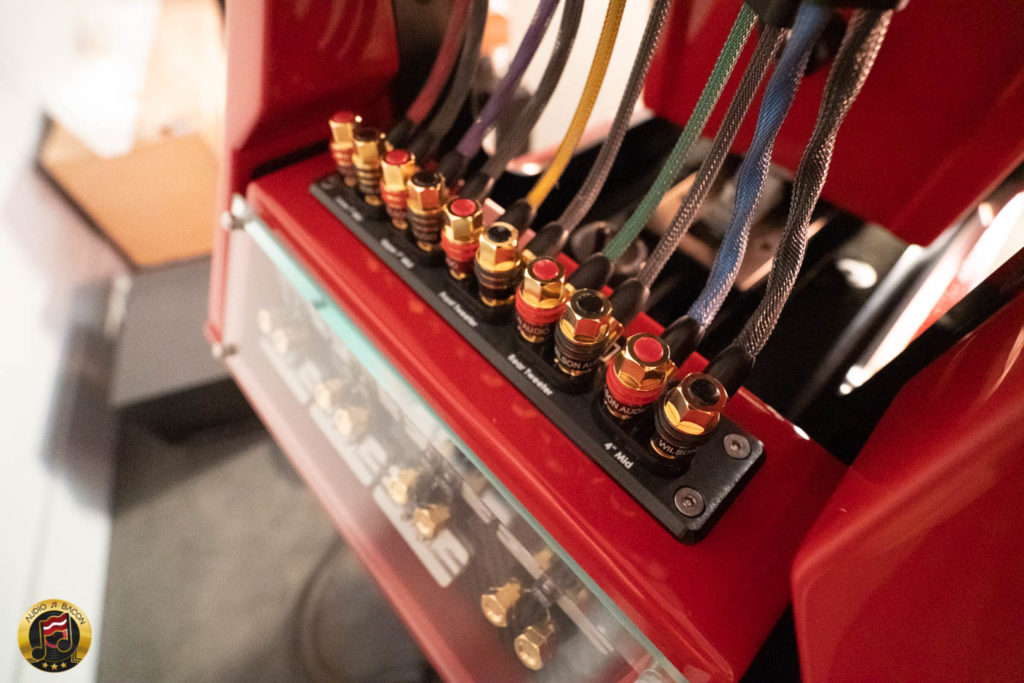
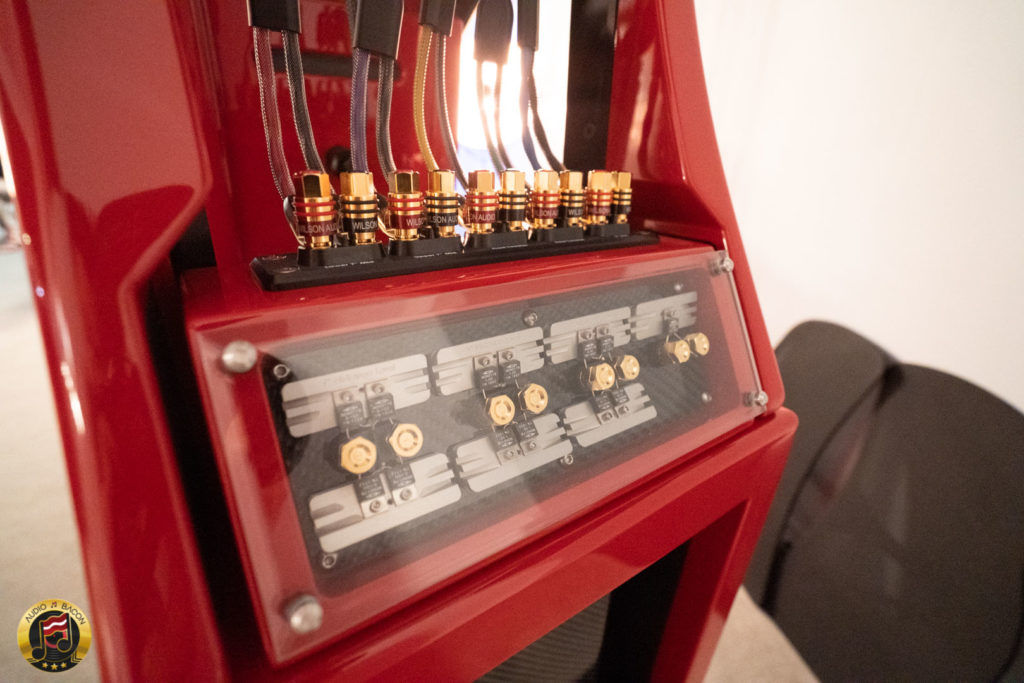


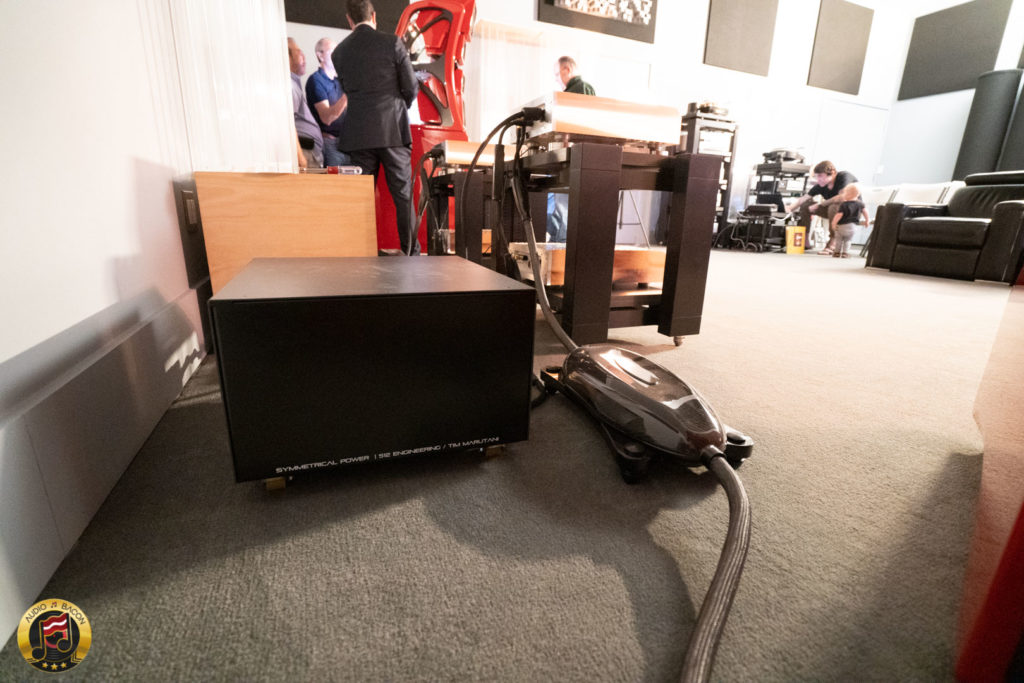
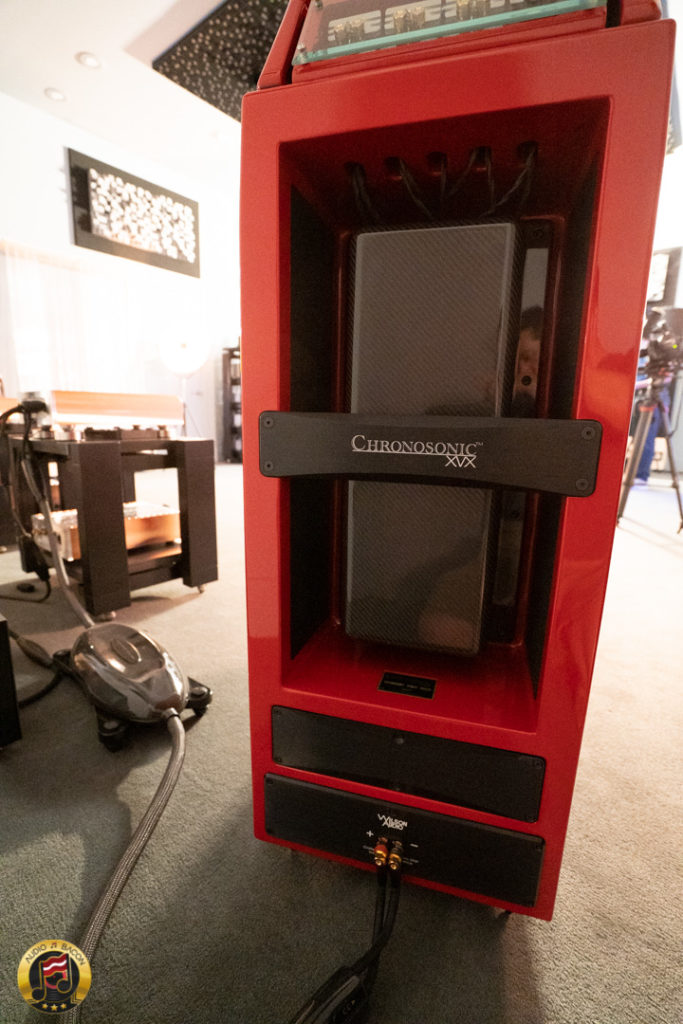
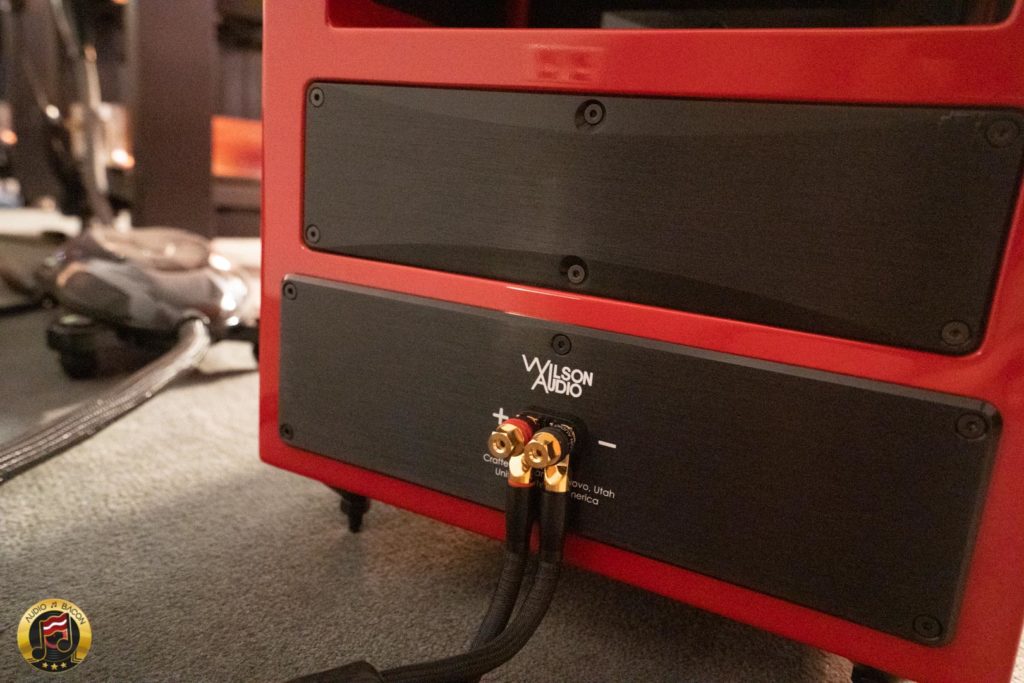
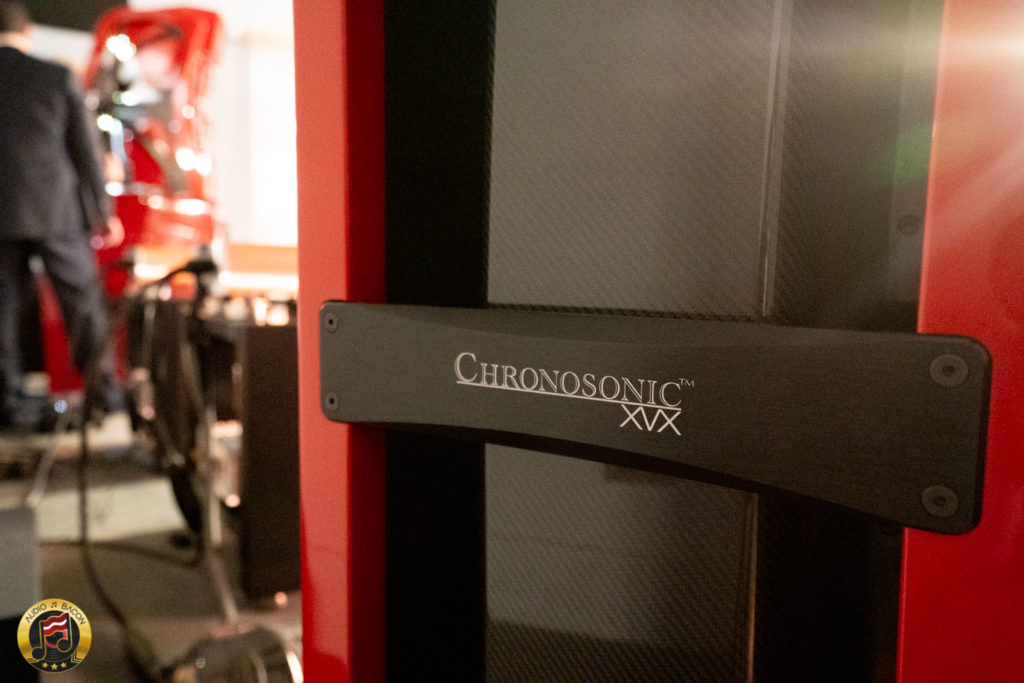
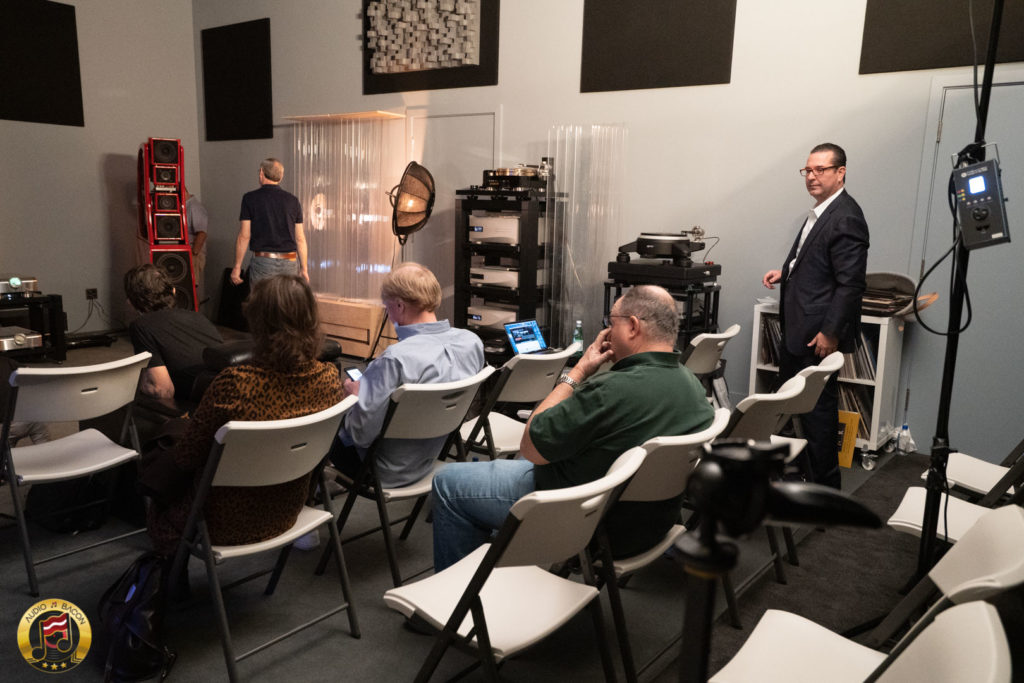

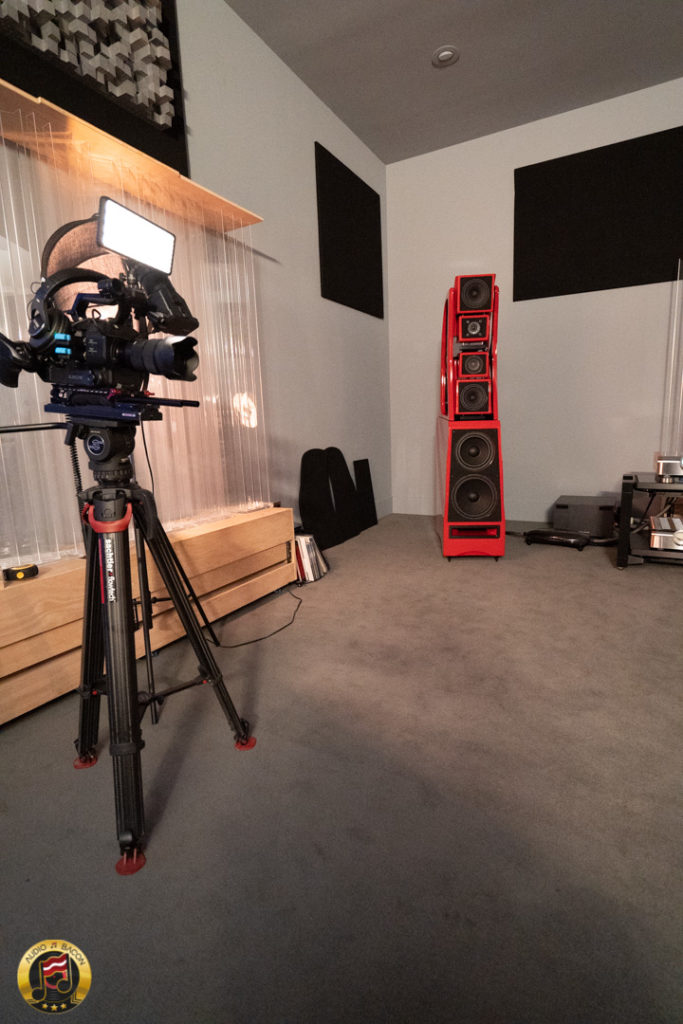
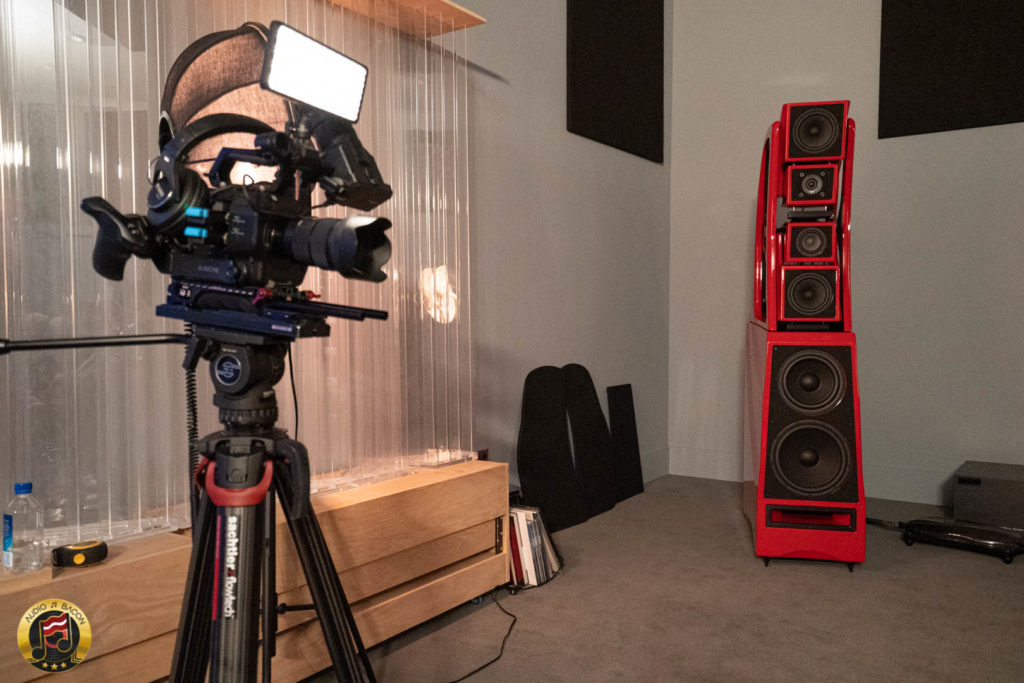
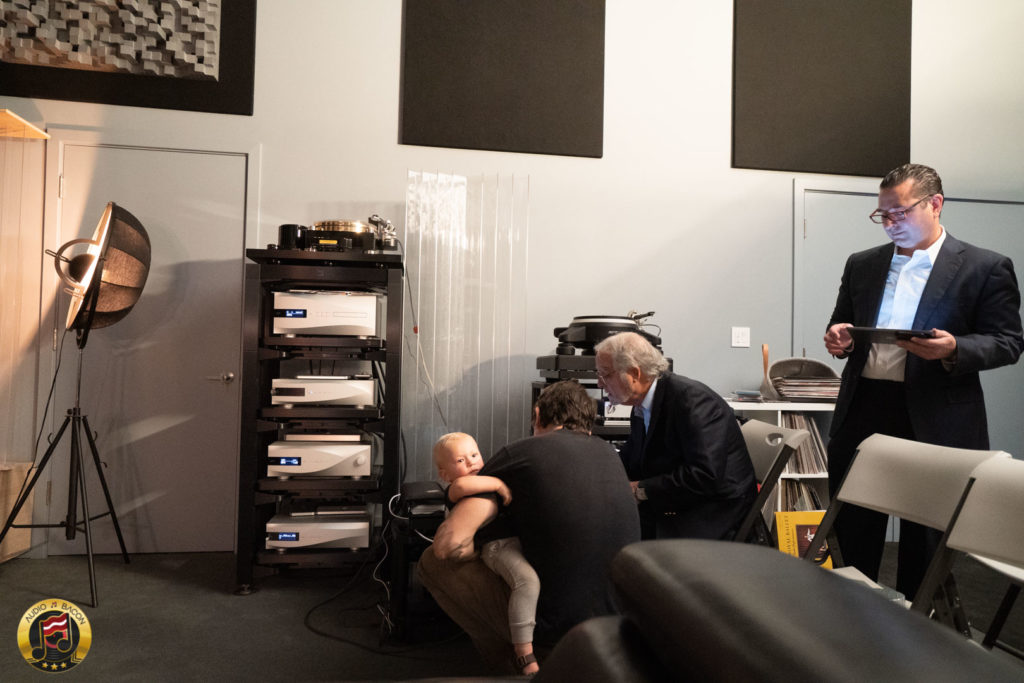
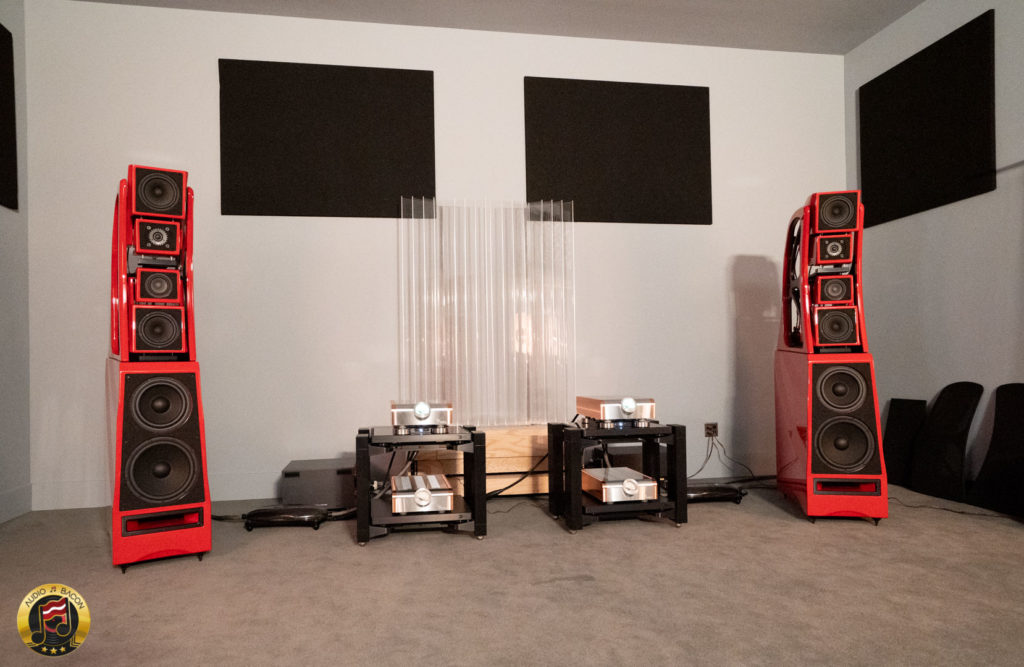
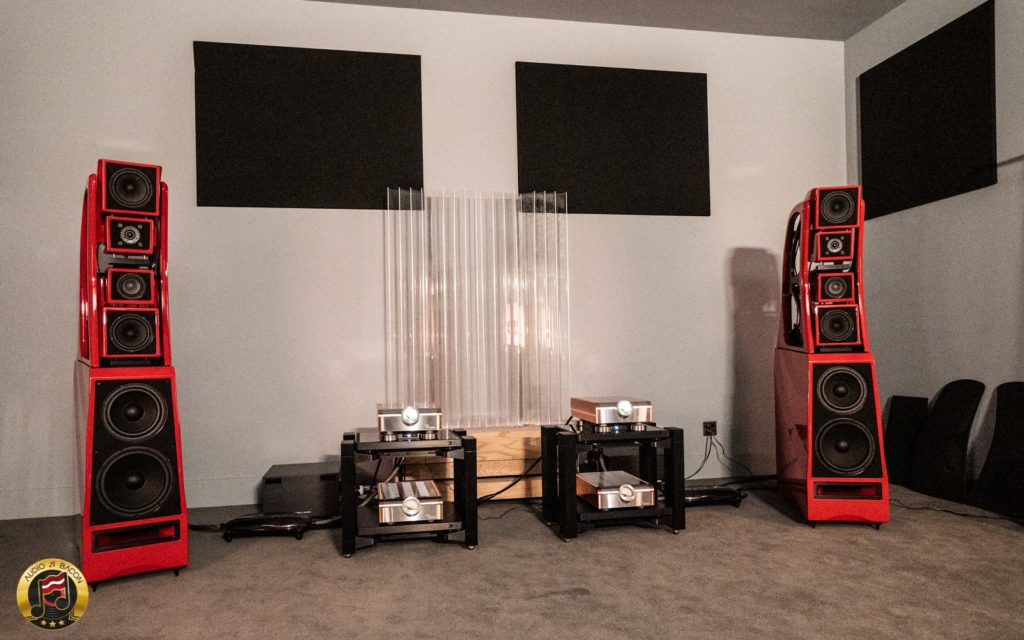



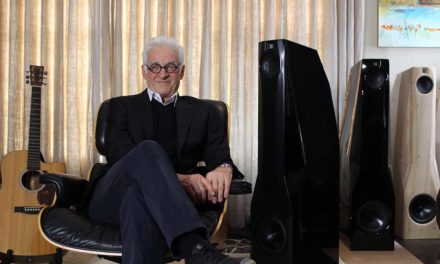

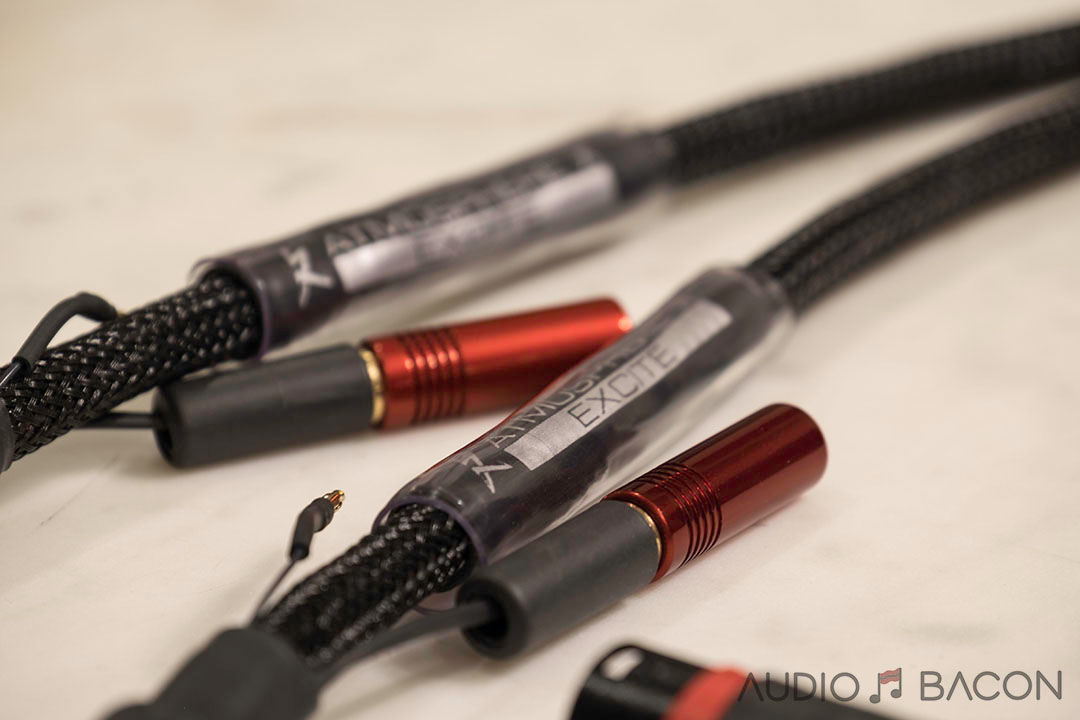
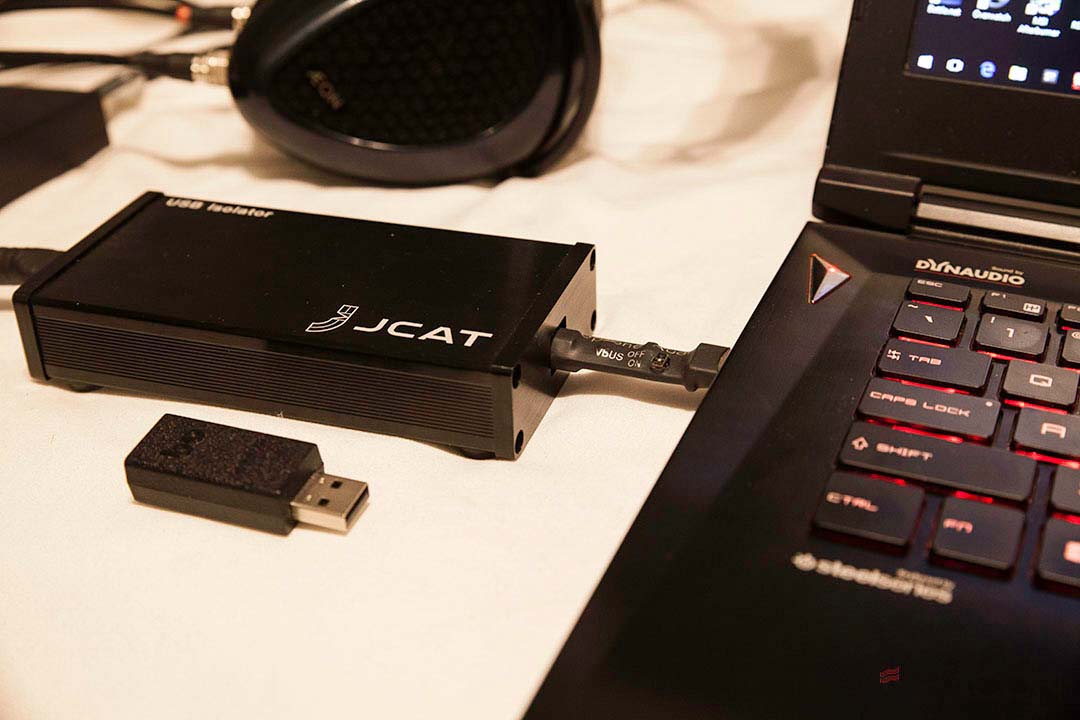

The big question in sound reproduction is how the speakers smell. Everyone knows that.
I’ll give it a good whiff next time.
This speaker is absurd.
• The mechanical system used for time alignment is ridiculous. A DSP, multi-amped solution would be vastly superior and less costly.
• There is nothing to be gained by mounting your mids and tweeter onto a subwoofer cabinet
• So the tweeter is about 6 feet from the floor rather than about 3 1/2 feet which is about where your ears are when seated… no reason why that won’t skew the stereo image
• All of these drivers can be purchased at Madisound for less than 2% the price of these speakers… over-priced a bit
• I have a hard time believing that anything by Rockport or Legacy isn’t just as good for a fraction of this price
I just heard the XVX yesterday with Boulder amplification. They appeal to a certain kind of audiophile, which isn’t me. I preferred the much smaller Sasha DAW. If someone were to offer me the speakers for free, I would take them and sell them. Then buy the $5000 speakers I have my eye on and pocket the cash.
And, I agree about the drivers. While some are modified, the basic drivers are terribly low-cost for such an expensive loudspeaker.
I walked away from the speaker thinking, “too complicated.” KISS.
Can we have a demo day somewhere in the UK? I’m curious who would buy these, as they look more like they’re appealing to Russian oligarchs and philistines that aren’t really into actual listening to music. Call me prejudiced. Call me jealous. Maybe, but it would be nice to actually hear these for myself, just once, to get some idea what sound at this price sounds like.
And again demonstrated with obligatory Dan D’agostino amplification. Eighties technology in crazy expensive enclosures.
An absurd speaker for an absurd price with absurd amps.
Laughing all the way to the bank.
D’Agostino are not a brand common here in the U.K. but having heard one drive a pair of Wilson DAWs in Munich this year, I was simply mesmerized and I now get why these 2 are often paired together. I heard the smoothness, intimacy, and texture of valves but with dynamics that valves simply cannot produce. If I could afford the Momentum amplifier with the Wilson DAWs, I would buy them in a heartbeat. I can only imagine what the XVXs must sound like.
Hey Jay, great write up and keen observation on the lack of compromise when you go high end. In your experience, what speaker in the $10-15K retail range come closest to achieving all 6 points?
The Grande Avant Garde X with the right (warmer) amplification is incredible regardless of price. Our guest reviewer Steve actually purchased it after a few listening sessions.
Hey Jay, well, based on your review I flew from SFO to Phoenix, listened for 4 hours to a pair connected to Burmester 911s and decided that these were the best speakers I’ve heard. Then I went home and ordered a pair with a Burmester 077 PreAmp, 2 Burmester 909s a Torus power conditioner ( I will have 220 Volts into the amps) and a Burmester Power conditioner for the components.
I will let you know in a couple of months if this set up is worth the crazy crazy price. Yes, your review was partly responsible.
Love to know your thoughts about this system set up.
Thanks – Rocco
I love this article, Preach it more and keep giving Amazing Information. I like your style of making things so easier for us to always read articles, looking to add the similar articles to our website.
Ludricous to spend that amount of money for a pair of speakers even if you had the money available .
I have been in audio for 50 years , heard maybe hundred of systems . What have I learn over the years ? IT’S ALL ABOUT THE MUSIC ! Period . I have heard increidible systen with hi-fi spectaculars , imaging , dynamics , tonality that impress but uncapable of delivering the musical message , the intention of the musician is lost .
And I have heard budget systems in the 6 or 7,000 brackets having me moved emotionally up to the point sometimes of shedding a tear .
So how do we caracterized these intangibles that makes music comunicate as it should . Organic Sound ? Tonal veracity ? Great timing ? All I can say is that when I hear it I recognize it inmediately .
This is so crazy, Jay.
I usually read your content and you really put in a lot of efforts to make the things so easier for us. I am a sound engineer by passion and a big fan of Hi-fi audio speakers. I appreciate your efforts.
I did find this article fascinating! I’ve been an audiophile my whole life and I’ve always just used my sensitive ears to determine accuracy.
This amount speakers worth more in terms of audio quality, honestly. By the way, I don’t have that much money still I am happy with my projector speakers.
Seeing that much amount speakers for the first time and it seems unbelievable for me. These are really so expensive.
I enjoyed this discussion on expensive speakers and I was relived when you said that we don’t necessarily have to spend the price of a condo to get the best sound for us. I’ll be honest and I’ll admit that the list of songs was more interesting to me. I’ll play those on my budget system. Thanks for the fascinating article!
I haven’t read anything this better when it comes to speakers. I loved the fact you cleared that spending on an expensive speaker doesn’t mean you’ll get better sound. This article was very interesting to read, especially for those who loves sound system. Thank you so much! Keep bringing such a beautiful piece of information.
It was a pleasure to read this article, especially for those who love sound systems. I appreciate all the information you provide.